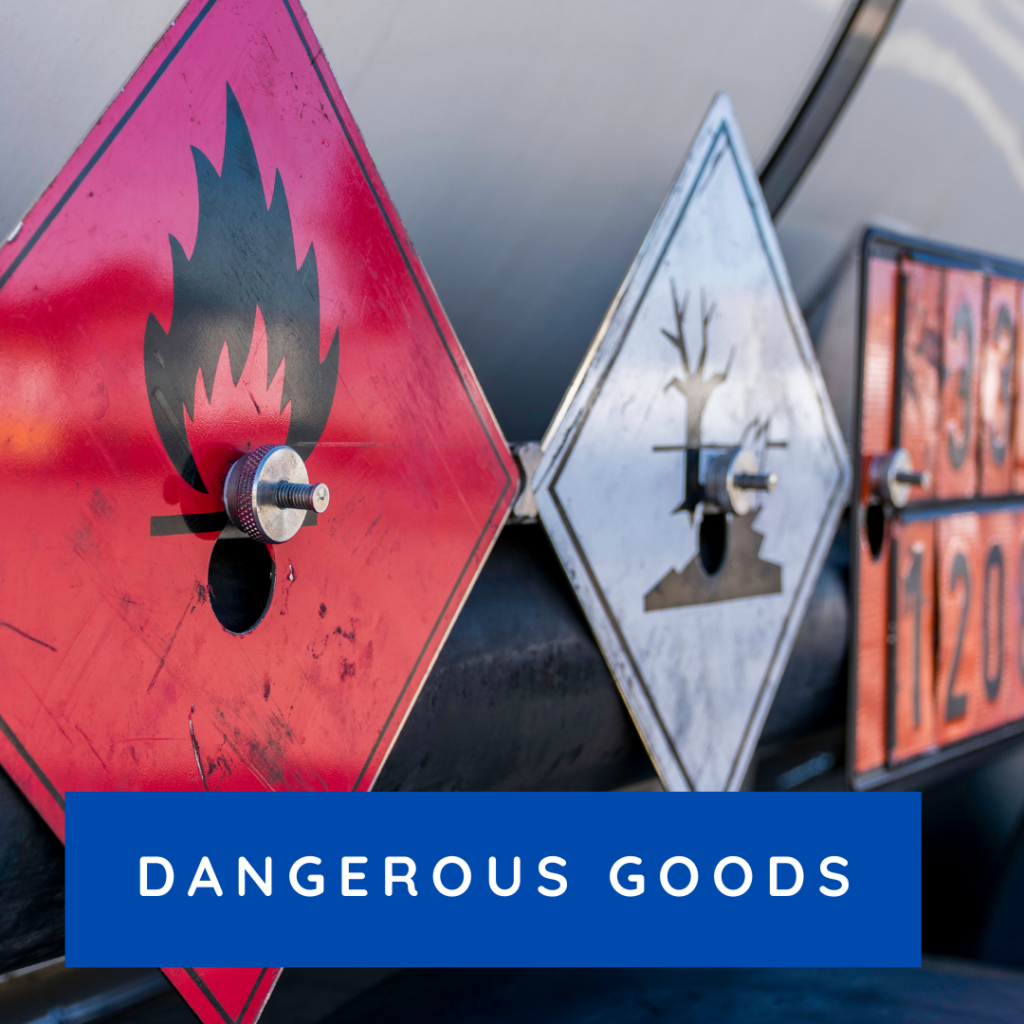6 Safety Tips for Dangerous Goods Cargo Shipping in the Philippines
Movement of dangerous goods cargo in the Philippines is one of the most challenging activities that is performed by shipping companies because it requires precise and careful skills to ensure the safety of the product,the vehicle and the people who travel with these goods. As a matter of fact, there are certain procedures and guidelines that are established by authorities and these things need to be followed accordingly from identification to packaging, marking, labeling, and documentation of the goods. To give you an idea on how things are done by the experts, here are some tips that need to be considered by both the client and shipping company in terms of handling and shipping dangerous goods:

1. Always check IMO policy prior to acceptance or shipping a dangerous goods
The International Maritime Organization is an agency that is committed to the safety,security and efficiency of every shipping transaction that is done via sea. For international shippers, a knowledge on IMO guidelines and policies will give an assurance of safety and on the dot processing of clearances for your dangerous goods cargo.
2. Label your dangerous goods properly
As per SOLAS Chapter VII, Part A, dangerous goods come in many forms and they need to be properly segregated so it is a must to provide proper labeling prior to transportation. In line with this tip, dangerous goods carriers should also bring with them spare labels or placards on board for replacement in case the labels have gone off along the way.
3. Make sure that dangerous goods containers are leak proof
Sea travel is a journey that may cause severe movements so it is very important to make sure that your dangerous goods cargo is leakage and spillage free. This is the reason why all inspectors must make sure that all DG cargoes that are improperly sealed and placed on the right containers are rejected.
4. Adhere to the planned stow positioning
Positioning goods for shipping are based according to how they should be handled or transported for safety purposes. This is why stowing plans are made by an authorized and knowledgeable personnel in the shipping company.
5. Make sure that signals are working
Ship signals for loading, unloading or transport of dangerous goods require signals for other ships to determine your status. It is therefore advised that signals should be checked to ensure that they will function when needed.
6. No smoking in areas with dangerous goods cargoes
It is a basic rule that smoking is strictly prohibited in areas where dangerous goods are located because some of these goods may be flammable.
Conclusion:
With the 6 safety tips that we have shared with you, it is pretty obvious that handling dangerous goods cargo in the Philippines requires specialized knowledge and skills to safely move them from one place to another. Thus, it is very important for cargo and shipping companies to have personnel whose expertise is centered on such goods. Clients on the other hand should also consider trusting well experienced companies to ensure safe transport of dangerous goods.
